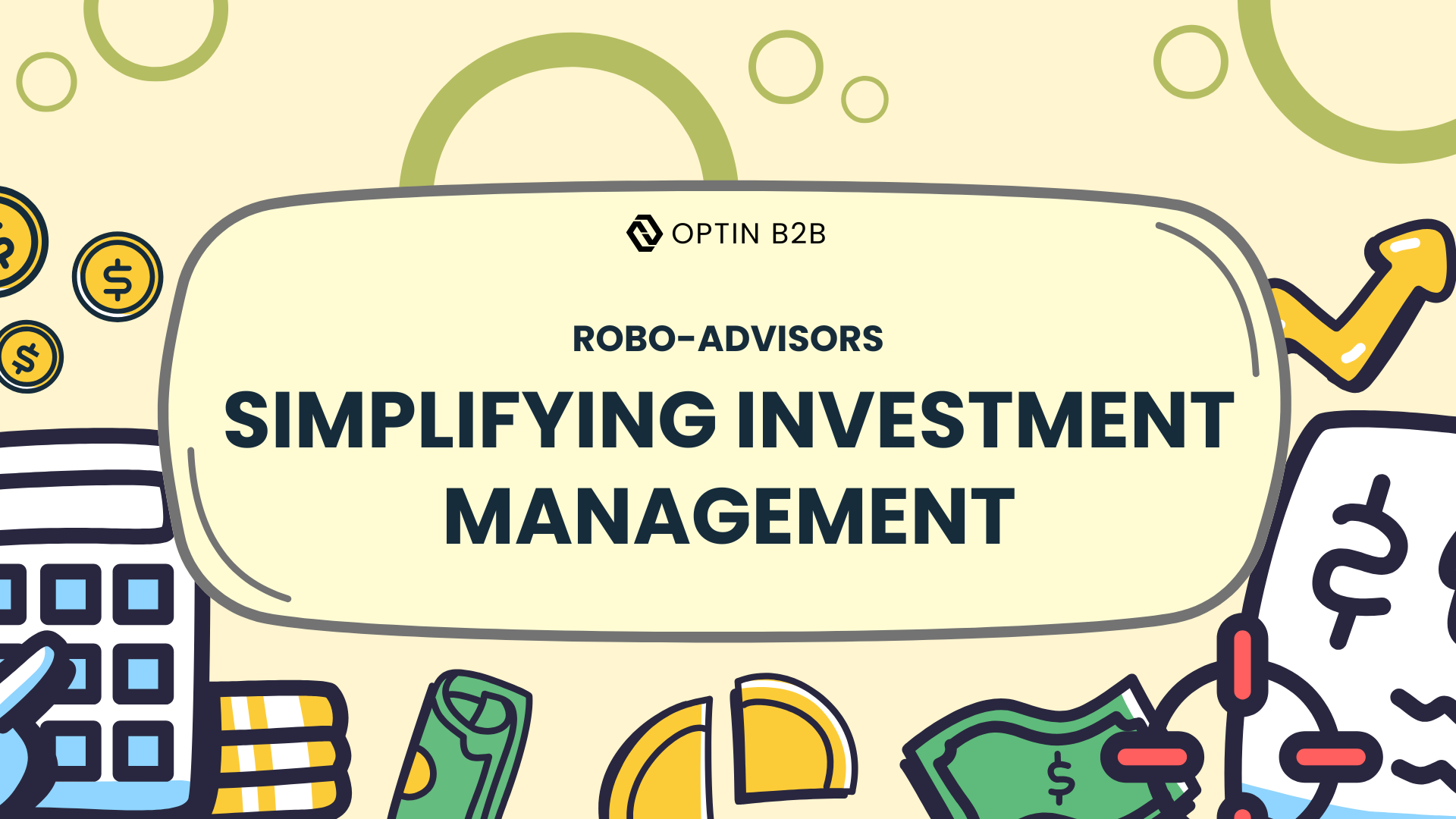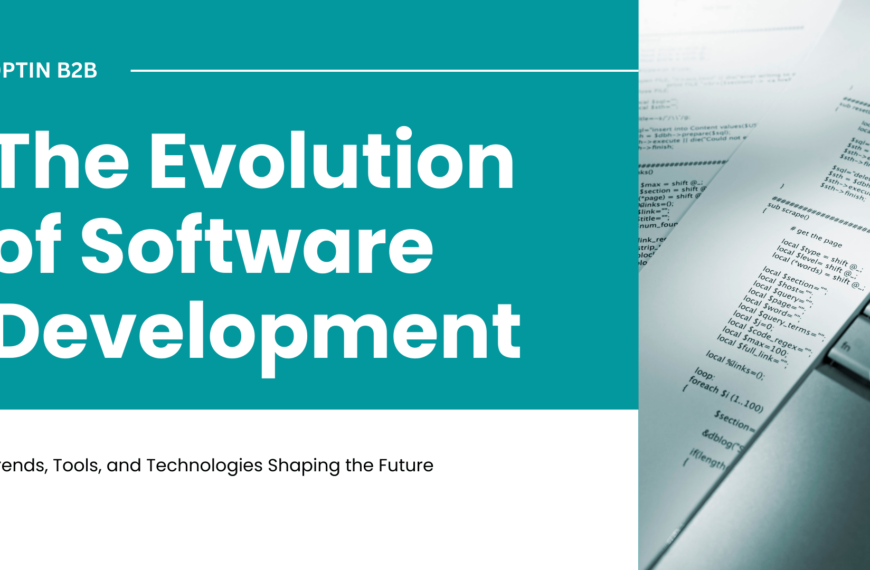Robo-advisors have become one of the most important tools in the world of modern investing. These platforms, such as Betterment and Wealthfront, offer automated financial planning services that cater to investors looking for low-cost, efficient ways to manage their portfolios. By using sophisticated algorithms, robo-advisors tailor investment strategies based on an individual’s financial goals, risk tolerance, and preferences.
The rise of robo-advisors is changing how individuals access wealth management services. Unlike traditional financial advisors, which can be expensive and require large account minimums, robo-advisors allow for smaller investments, making wealth management more accessible. This has democratized investment opportunities, allowing more people to build diversified portfolios without high fees.
Robo-advisors continuously monitor portfolios, making automatic adjustments based on market conditions. Features like tax-loss harvesting and portfolio rebalancing help minimize tax liabilities and keep investments aligned with individual goals. As a result, robo-advisors make it easier for investors to maintain a hands-off approach to portfolio management while ensuring that their assets are working efficiently.
Many robo-advisors also offer retirement planning tools, helping users automate their savings for long-term goals like retirement. By doing so, these platforms provide a more personalized, efficient, and scalable approach to financial management. This has increased the appeal of robo-advisors, especially among younger investors who are more comfortable with technology.
As robo-advisors continue to gain popularity, they are expected to play an increasingly significant role in the future of investment management. With their combination of low-cost access and personalized strategies, they are well-positioned to shape the future of wealth management.























